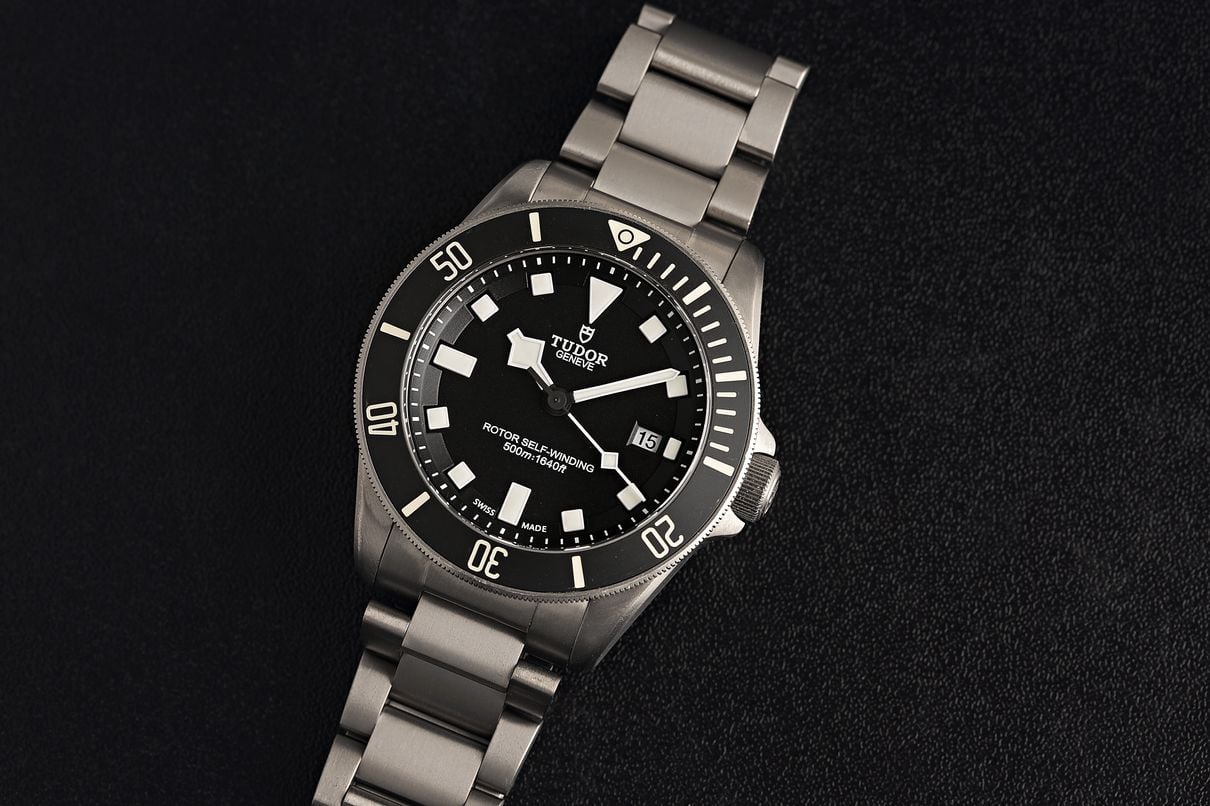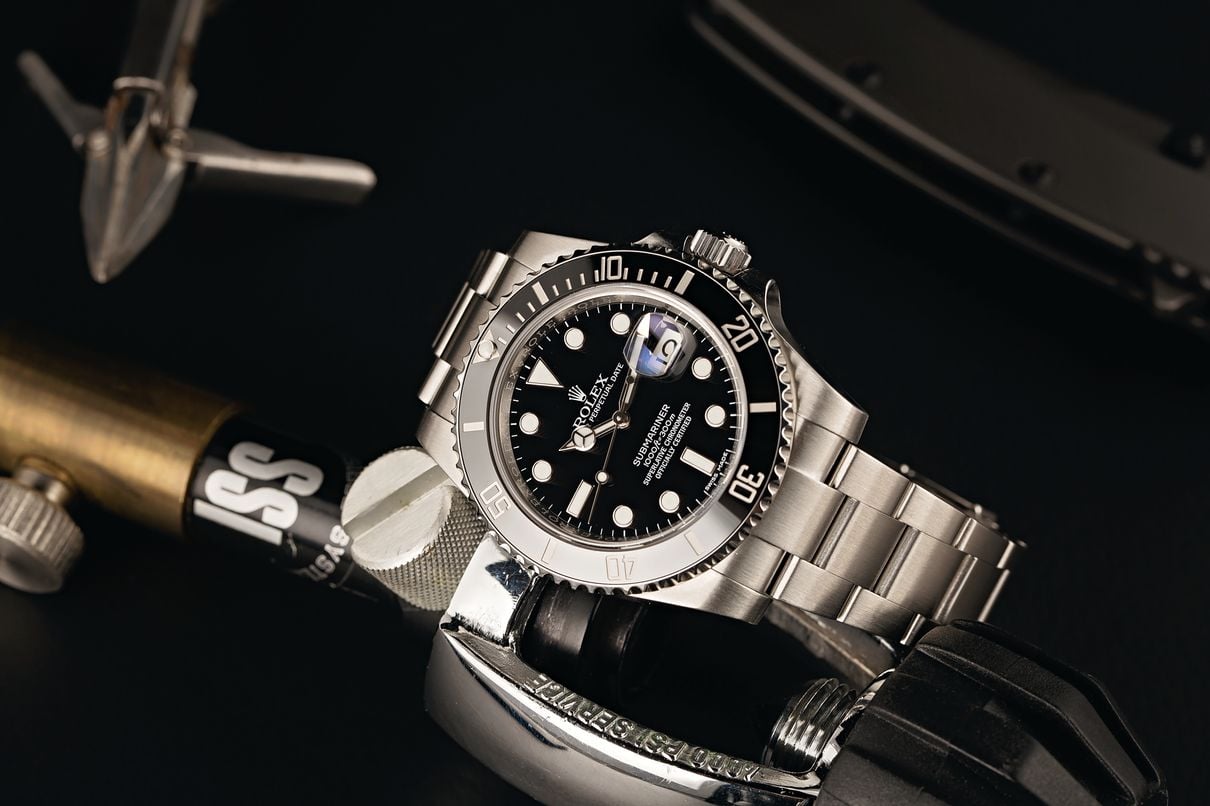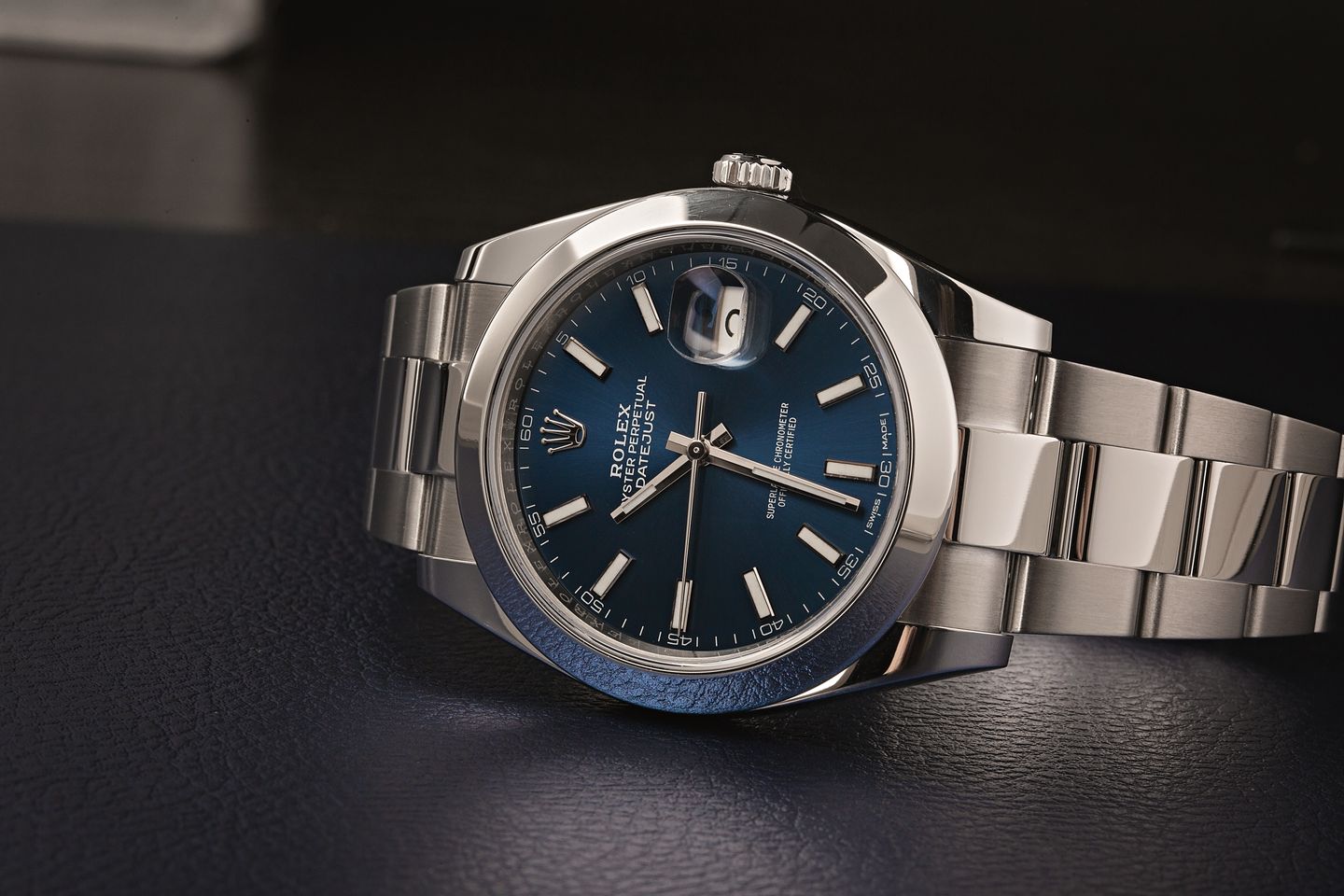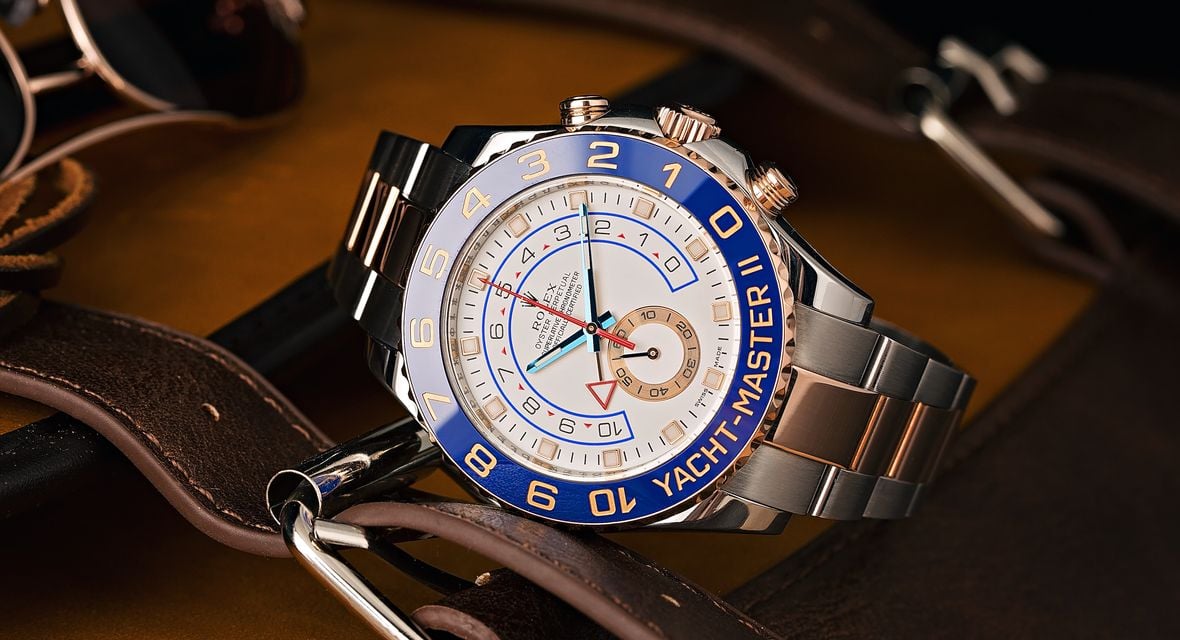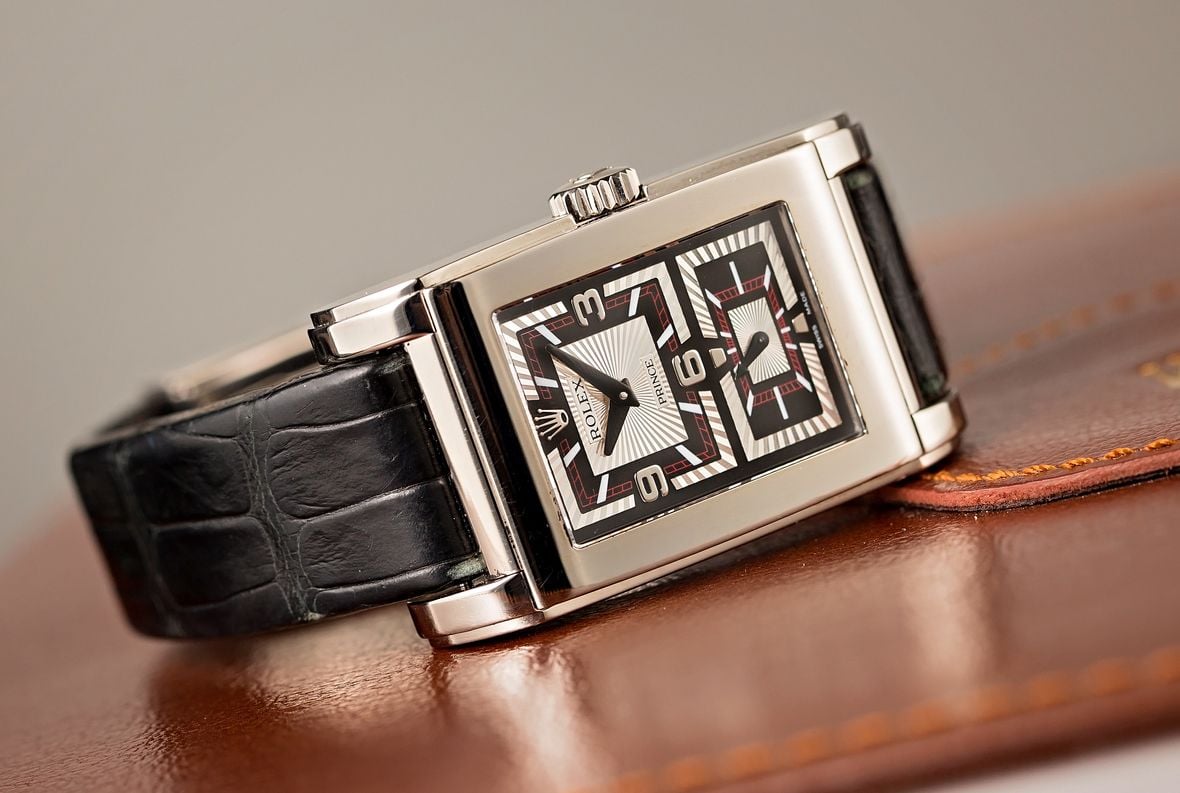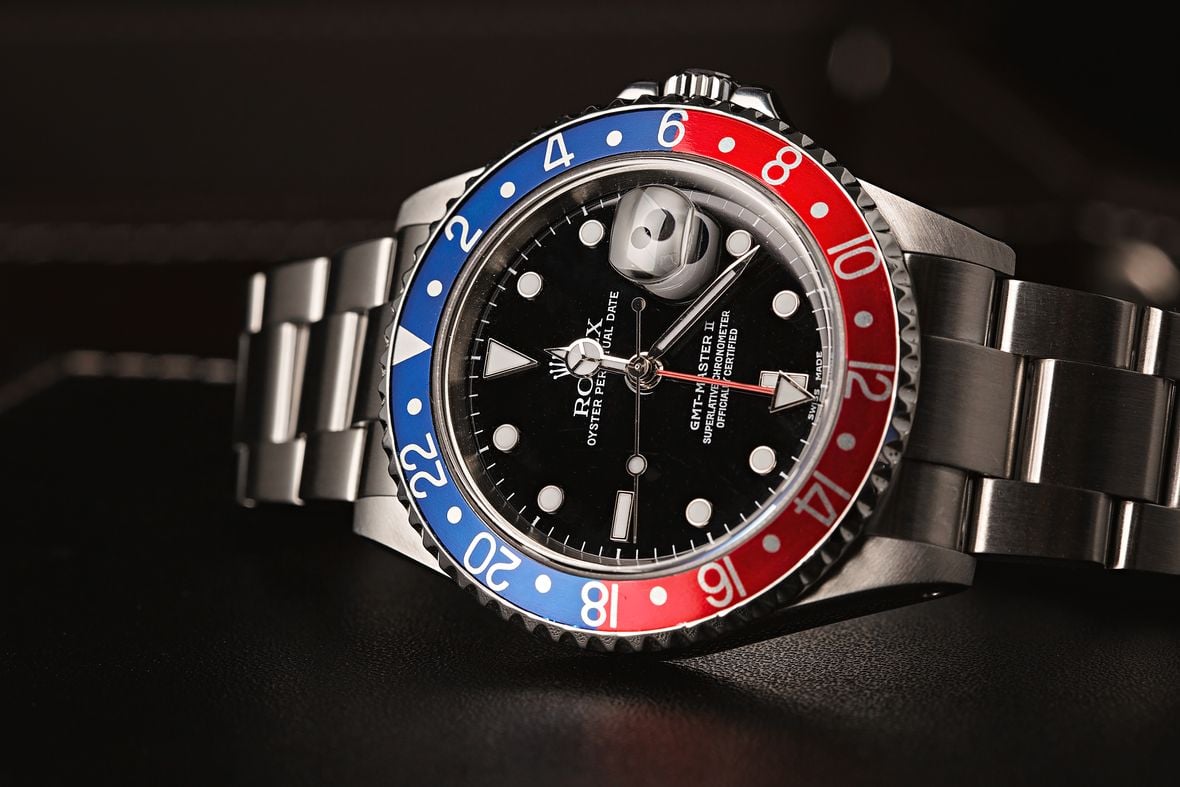Rolex is easily among the most recognizable luxury brands in the world. One of their most successful and iconic collections is the Submariner, which set the standard for all future dive watches, including its big brother, the Rolex Sea-Dweller. Among the brand’s many innovations is the Oyster case, which enabled Rolex to produce the very first watch that was water-resistant up to 100 meters. The company has come a long way since the early days of their dive watch legacy, with their most water-resistant models now offering a depth rating of 3,900 meters.
The Tudor brand was created by Rolex founder Hans Wilsdorf in 1926, and the name was trademarked on his behalf by Veuve de Philippe Hüther – a Swiss watchmaker and dealer who granted him exclusive rights to its use. The concept behind the brand was to provide the same exceptional durability and top-notch quality as Rolex but at a much more affordable price point. While Tudor was heavily influenced by its parent company for many decades, often using many of the same outer case components, they have since developed their own identity and have become a serious player in the luxury watch industry.
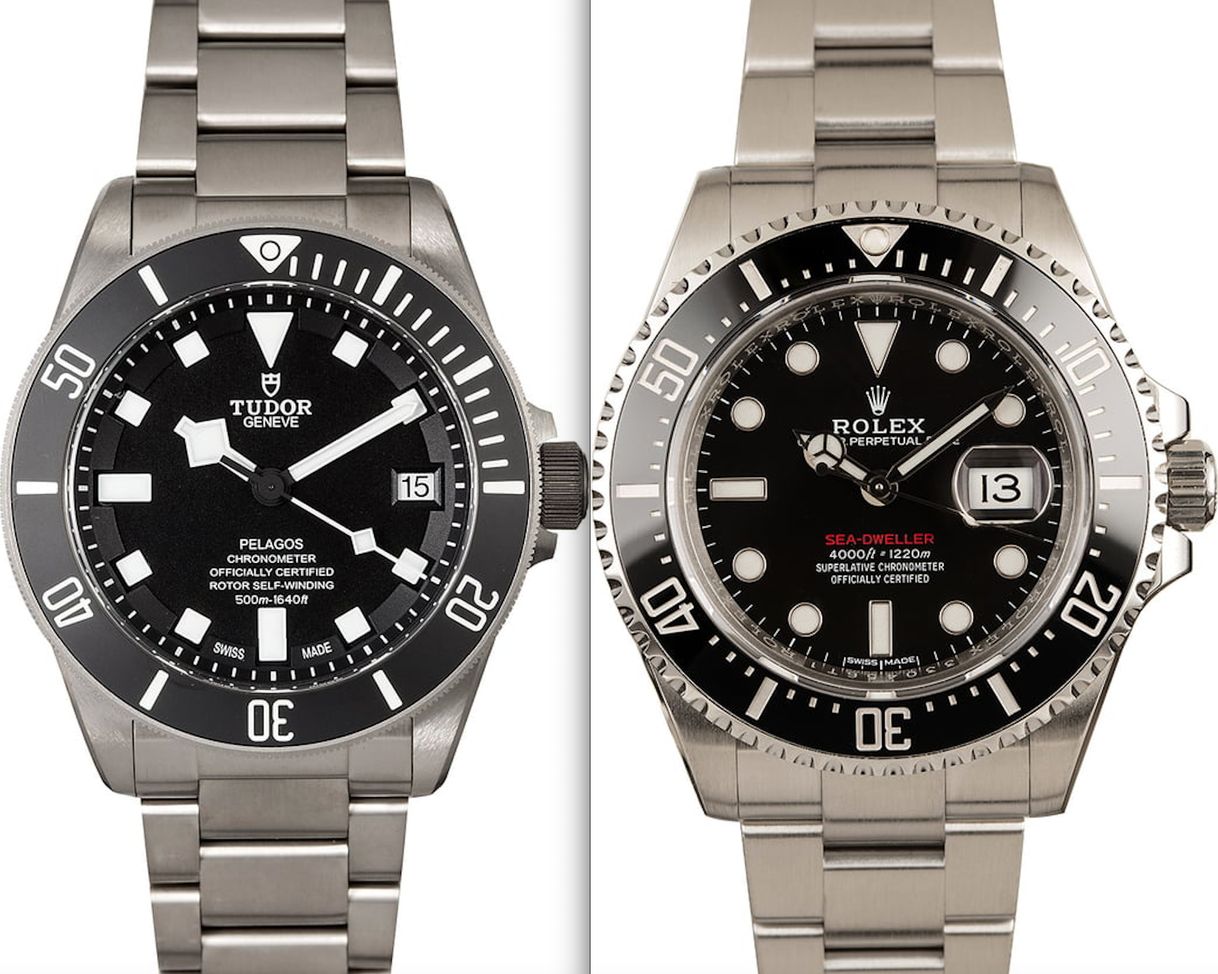
The Rolex Sea-Dweller
The Rolex Sea-Dweller was introduced in the 1960s as a means of providing a reliable reading while performing deep saturation dives. Its design is very similar to the Submariner in that is offers a rotating timing bezel topped with a 60-minute scale, a luminous display on the dial, and a waterproof Oyster case. However, what sets it apart from the Submariner is the addition of the Helium Escape Valve, which allows trapped helium gas molecules to safely exit the case during decompression.
Today, the modern Rolex Sea-Dweller is rated to a depth of 1,220 meters/4,000 feet and features a Cerachrom bezel insert, a larger “Maxi” dial filled with Chromalight plots that glow blue, and a self-winding Calibre 3235 movement. The case on the current generation measures 43mm in diameter and is topped with a flat scratch-resistant sapphire crystal with a Cyclops magnifier. The addition of the magnifying lens is of particular interest because every previous version of the Rolex Sea-Dweller lacked this feature. Additionally, the current generation of the Rolex Sea-Dweller is also now available in Rolex’s patented Yellow Rolesor finish, which combines Oystersteel with 18k yellow gold for a durable yet luxurious finish that is a signature aesthetic of Rolex watches.
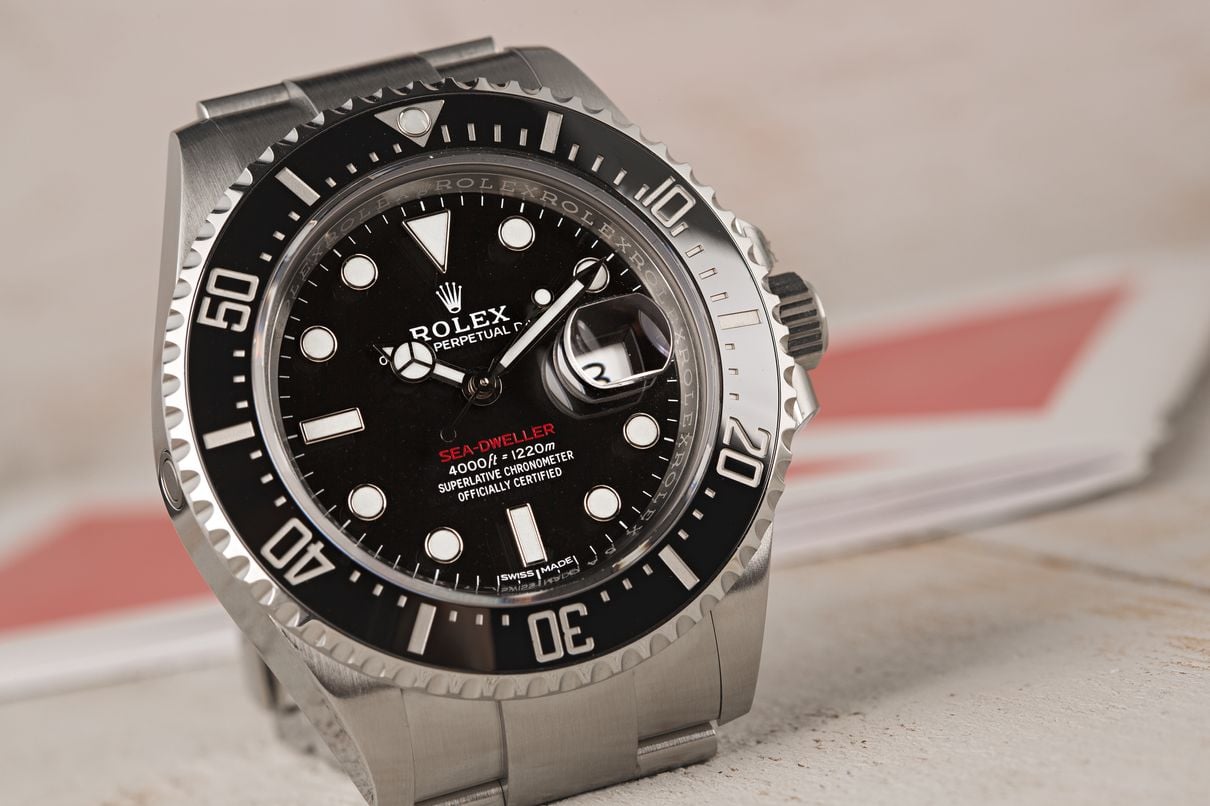
The Tudor Pelagos
Rolex’s sister company released its first official dive watch (the Tudor Submariner) around the exact same time that Rolex released its inaugural Submariner reference. Both models were very similar in design, with the main difference between the two watches being the movement that beats within the case. While the Tudor Submariner was heavily influenced by Rolex, it would ultimately go on to inspire the brand’s impressive range of diver’s watches.
Fast-Forward to 2012 and the introduction of the Tudor Pelagos collection. The range takes a lot of inspiration from earlier-model Tudor Submariners with similar snowflake hands and square hour markers. While the original Tudor Submariner watches were crafted from stainless steel and powered by off-the-shelf movements, both the case and bracelet of the Pelagos are presented in titanium – a first for both Rolex and Tudor, and the watch is powered by Tudor’s in-house, chronometer-certified Calibre MT5612 movement.
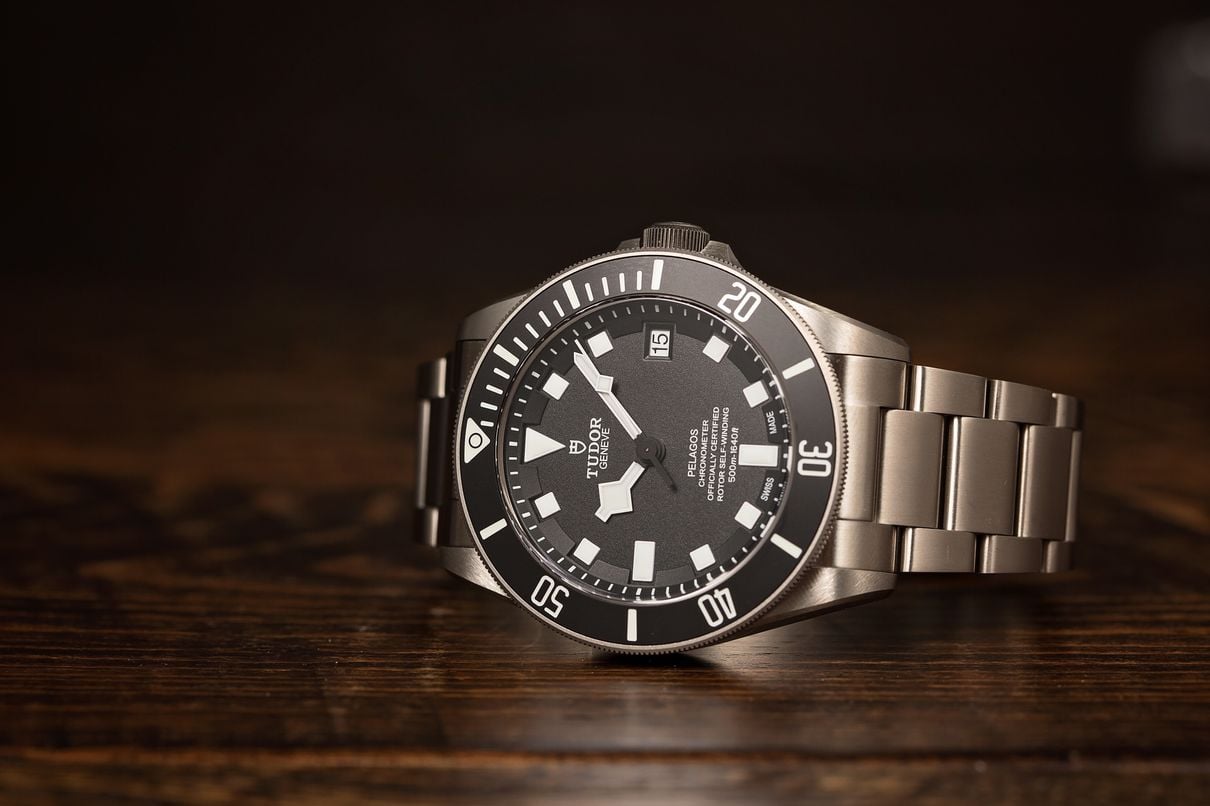
Rolex Sea-Dweller vs. Tudor Pelagos
In regards to overall case size, the Sea-Dweller and Pelagos are quite similar, with the Rolex Sea-Dweller measuring 43mm in diameter, while the Tudor Pelagos measures 42mm. Both cases are equipped with Helium Escape Valves and waterproof screw-down crowns; however, the Rolex Sea-Dweller offers greater water-resistance with a depth rating of 1,200 meters, while the Pelagos is rated up to 500 meters.
Both watches are powered by in-house movements that boast 70-hour power reserves and chronometer certification, with a Cal. MT5612 fitted to the Pelagos and a Cal. 3235 powering the Sea-Dweller. Both also wear on a similar bracelet with three links and a wetsuit extension system; however, the Pelagos includes an additional spring-loaded adjustment system that contracts and expands with your wrist.
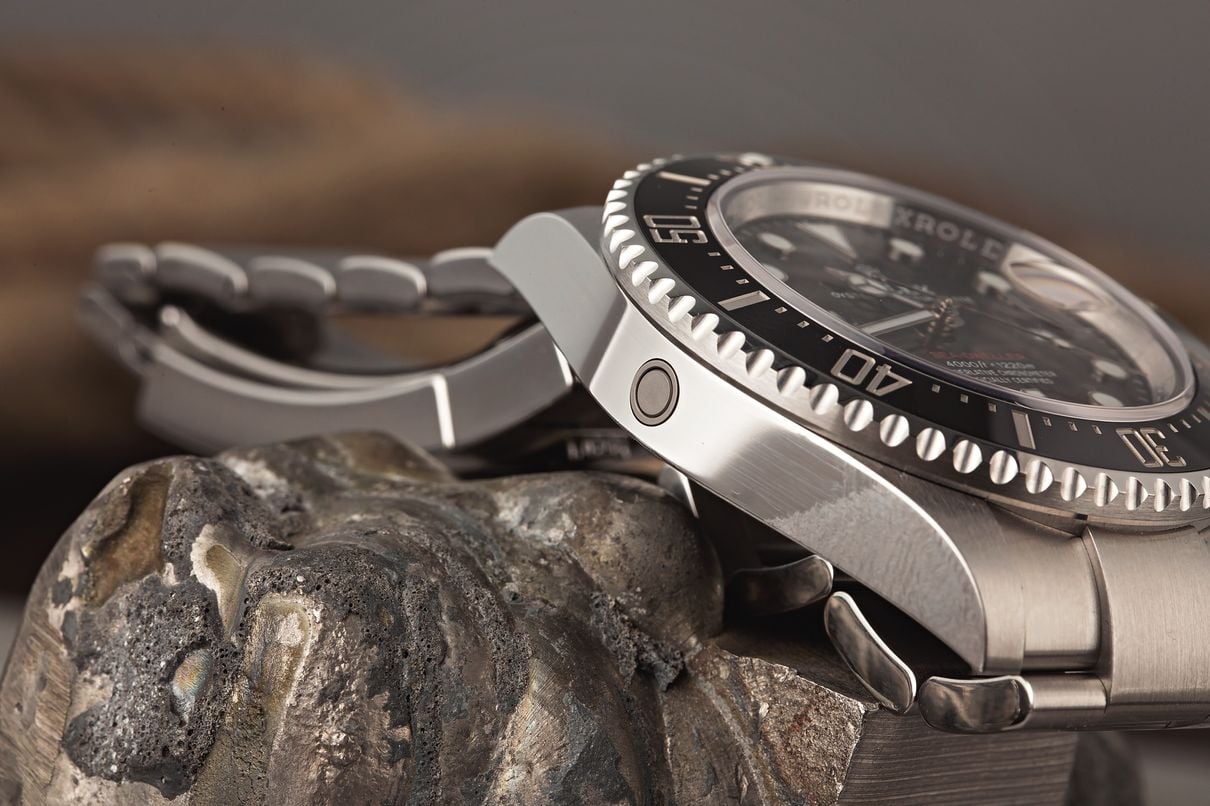
The Pelagos is presented in titanium with a stainless steel case back, and the Sea-Dweller is available in either Oystersteel or, more recently, Oystersteel and 18k yellow gold. The Rolex Sea-Dweller is only available with a black dial and bezel, while the Pelagos offers either a black or blue option.
The Tudor displays the time on a matte dial via square markers with Snowflake hands and features a similar matte ceramic bezel insert topped with a luminous diver’s scale. On the other hand, the Rolex Sea-Dweller features a glossy dial set with round white gold-trimmed hour markers and Mercedes0-style hands. The ceramic bezel mirrors the dial with a shiny finish and includes engraved 60-minute graduations; however, the bezel markings on the Sea-Dweller are not luminous like they are on the Pelagos.
Side-by-side, the Rolex Sea-Dweller is arguably much more luxurious in appearance, while the Pelagos showcases a more dressed-down and function-forward design. It should also come as no surprise that the Sea-Dweller commands a much higher price than the Pelagos, with retail prices starting at $11,700 for the stainless steel model and $16,600 for the two-tone version. Conversely, the Tudor Pelagos retails for $4,575 making it a particularly attractive option for those looking for a state-of-the-art luxury dive watch at a more accessible price point.
